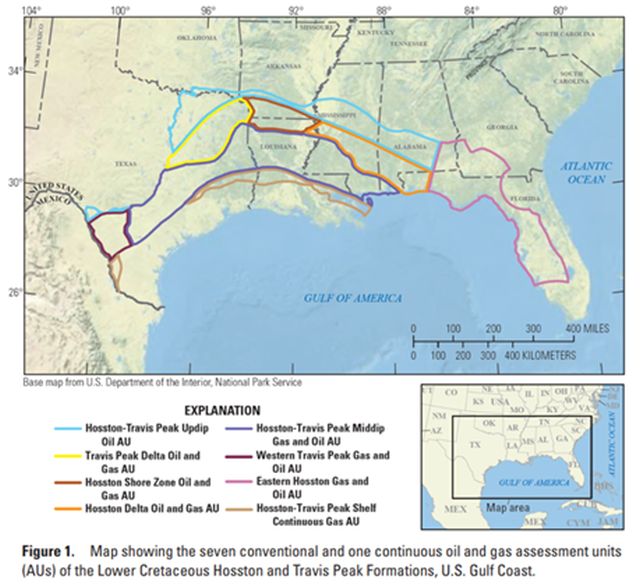- within Technology and Strategy topic(s)
- with readers working within the Environment & Waste Management industries
A new U.S. Geological Survey report has revealed significant untapped natural gas and oil resources across the Gulf Coast region, estimating 35.8 trillion cubic feet of natural gas and 28 million barrels of oil within the Hosston and Travis Peak Formations. The report states the Travis Peak Formation in Texas and southern Arkansas is time correlative to the Hosston Formation in Louisiana and eastward, meaning the Hosston formation is found at a similar geologic horizon as the Travis Peak formation.
The report's estimated gas volume is equivalent to the amount of gas the United States consumes in 14 months at the current rate of consumption. Much of the estimated gas is "tight gas" – natural gas trapped in low permeability rock far below the surface.
While the study area encompasses a broad region— from the Mexican border along the Gulf to most of Florida — Louisiana and Texas lie at the heart of the most resource-rich section, known as the Hosston-Travis Peak Shelf Continuous Gas Assessment Unit.1 Although actual development will depend on several factors, this report reinforces the Gulf Coast's key position in the world energy landscape.

Footnote
The content of this article is intended to provide a general guide to the subject matter. Specialist advice should be sought about your specific circumstances.



